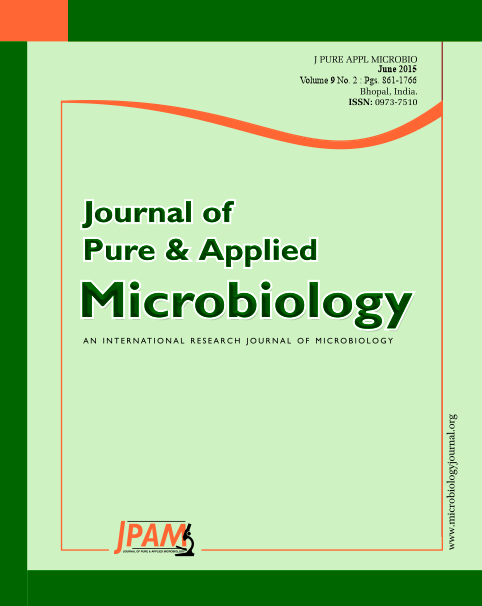The study was conceived to investigate the utilization of hydrolyzed inulins from Jerusalem artichoke (JA) with different degree of polymerization (DP) on the growth and antibacterial nature of probiotic bacterium, Lactobacillus plantarum. High long chain inulin (InuL) and high short chain inulin (InuS) of acid hydrolyzed inulin were studied as carbon sources for the growth of L. plantarum, growth inhibition of Escherichia coli and Salmonella enterica serovar Typhi by L. plantarum, and inulin supplementation was evaluated by using co-culture and agar well diffusion methods. The results suggested that InuL and InuS support the growth of L. plantarum at significant level (P < 0.05) compared to control and it improves the bacterial inhibitory nature of L. plantarum against E. coli and S. Typhi. Whereas, influence of InuL and InuS were not observed on well diffusion based analysis of antibacterial activity. This is the preliminary study and more detailed explorations are required to address the inhibitory nature of InuL and InuS mediated L. plantarum against E. coli and S. Typhi.
Inulin, Lactobacillus plantarum, Oligosaccharide, Prebiotic
© The Author(s) 2015. Open Access. This article is distributed under the terms of the Creative Commons Attribution 4.0 International License which permits unrestricted use, sharing, distribution, and reproduction in any medium, provided you give appropriate credit to the original author(s) and the source, provide a link to the Creative Commons license, and indicate if changes were made.


